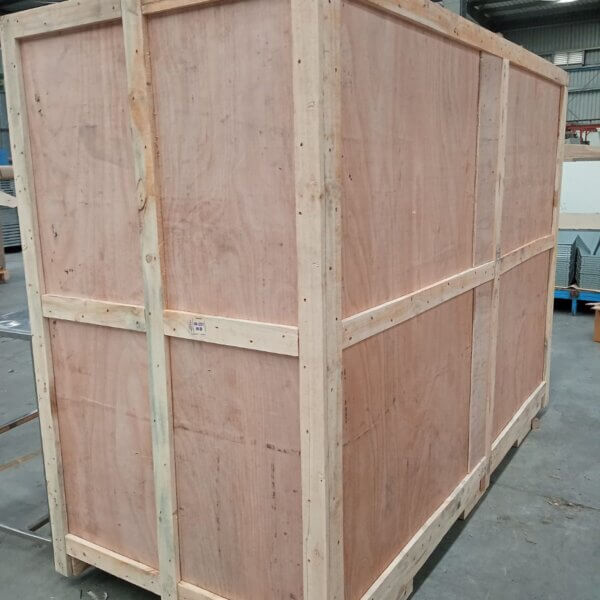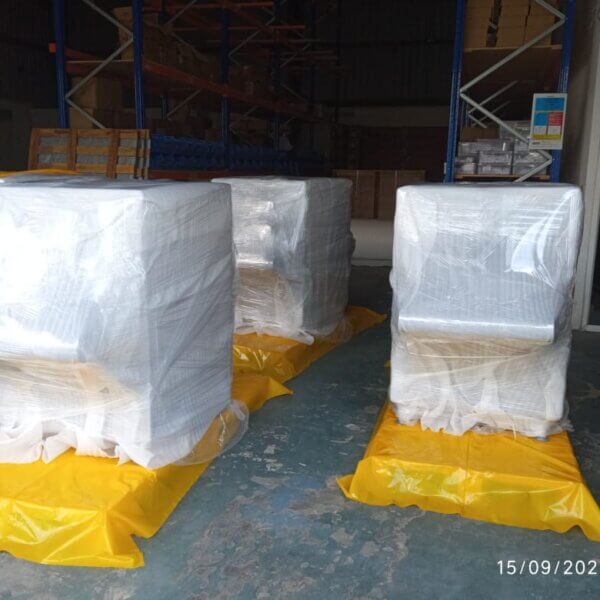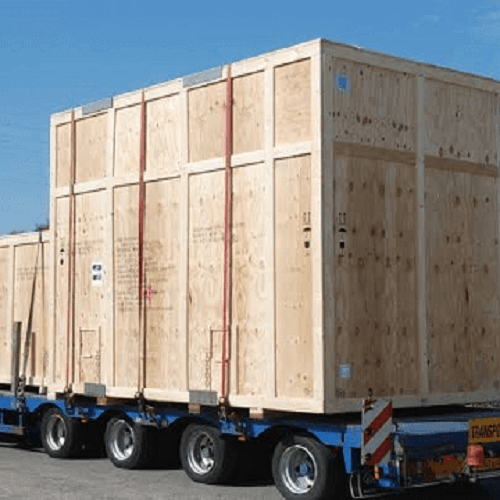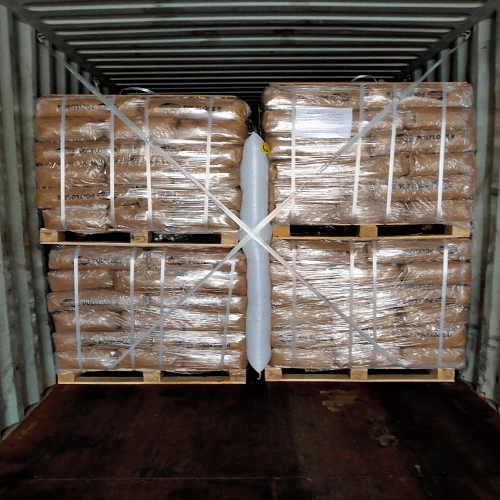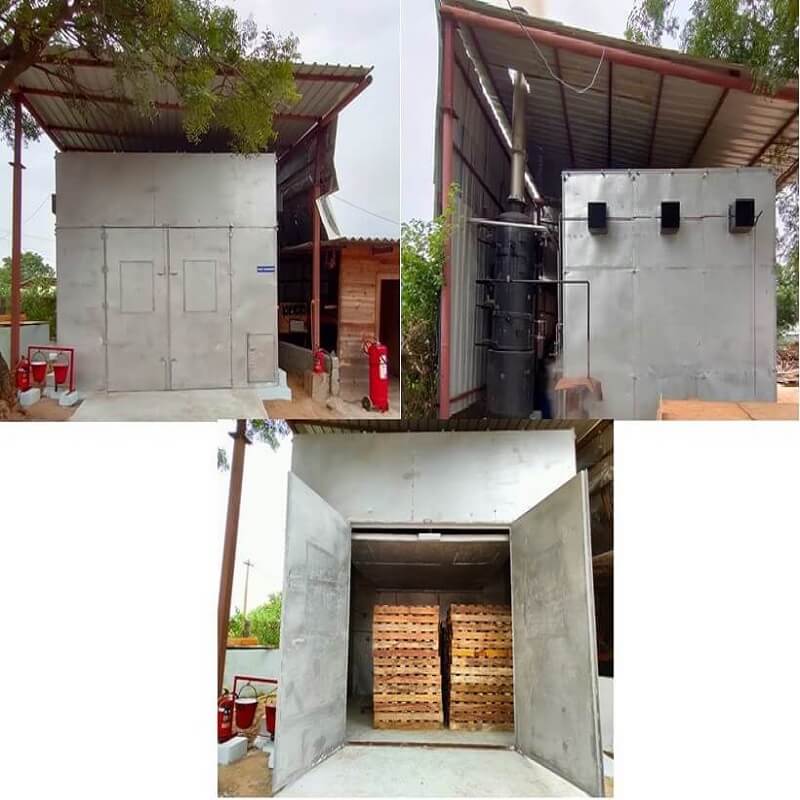Wooden Pallets For Packaging
Wooden Pallets For Packaging – Wooden pallets are a versatile and indispensable component in the world of packaging and logistics. These sturdy, flat structures are designed to support and transport goods, making them an essential part of supply chains across various industries. Here, we’ll explore the key aspects of wooden pallets for packaging, including their benefits, types, sustainability, and best practices.
Benefits of Wooden Pallets for Packaging:
- Strength and Durability: Wooden pallets are known for their robustness and ability to withstand heavy loads. They provide a stable base for goods, ensuring safe and efficient transportation.
- Cost-Effective: Wooden pallets are often more cost-effective than alternatives like plastic or metal. They are readily available and can be easily repaired or replaced if damaged.
- Recyclable and Sustainable: Wooden pallets can be reused, repaired, or recycled, making them an eco-friendly choice for packaging. They are typically made from renewable resources, further enhancing their sustainability.
- Customizable: Wooden pallets can be tailored to specific needs by adjusting their size, shape, and structure. This adaptability is especially useful for handling various types of products.
- Good Friction and Grip: The natural friction of wood helps to prevent items from sliding during transit, reducing the risk of damage.
Types of Wooden Pallets:
- Stringer Pallets: These are the most common type of wooden pallets, featuring two or more parallel wooden beams, called stringers, supporting the top deck boards.
- Block Pallets: Block pallets have blocks between the top and bottom deck boards instead of stringers. They offer increased stability and are often used for heavier loads.
- Euro Pallets: Standardized in Europe, Euro pallets are widely used for international shipments and are known for their consistent size and construction.
- Reversible Pallets: These pallets have identical top and bottom deck boards, making them versatile for different types of products.
- Custom Pallets: Manufacturers can create pallets tailored to specific product dimensions, making them ideal for businesses with unique packaging requirements.
Sustainability and Wooden Pallets:
Wooden pallets for packaging are a sustainable choice due to the following reasons:
- Renewable Resource: Wood is a renewable material, and responsible forestry practices ensure a continuous supply of timber.
- Recyclability: At the end of their life cycle, wooden pallets can be repurposed into various wood products or simply recycled.
- Repairability: Wooden pallets are easy to repair, extending their lifespan and reducing waste.
- Biodegradability: If a pallet cannot be repaired or recycled, it will naturally biodegrade without harming the environment.
Best Practices for Using Wooden Pallets:
- Proper Handling: When using forklifts or pallet jacks, ensure proper handling techniques to prevent damage to both the pallet and the goods.
- Regular Inspection: Regularly inspect pallets for damage and repair or replace any compromised units to maintain safety and functionality.
- Load Distribution: Distribute the weight evenly on the pallet to prevent overloading and minimize the risk of damage during transportation.
- Pallet Treatment: Consider heat treatment or fumigation for wooden pallets to comply with international shipping regulations and prevent the spread of pests.
Wooden pallets for packaging are a reliable, cost-effective, and eco-friendly solution for packaging and logistics. Their strength, sustainability, and versatility make them a preferred choice for businesses around the world. By following best practices and considering the various types of pallets available, companies can optimize their packaging and transportation processes, ultimately reducing costs and environmental impact.


